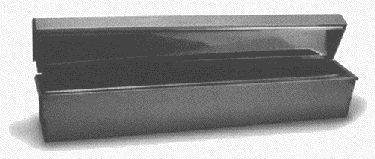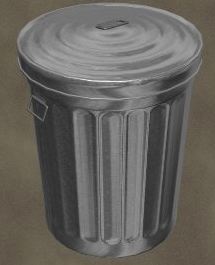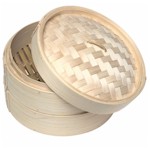| home | welcome | 100s of links | membership | add url |
| events | advertising | contact us | privacy | login |
| index | techniques | stories | newsletter | tips |
|
|
|
|
|
t i p s & t r i c k s
why not share some tips and tricks with other Silkworm Members? - the simplest thing could help another artist. |
Steamer - StovetopThe most common steamer is a stovetop stainless steel one - once you've rolled the silk up ready to steam:
 Dharma Trading USA have info on building your own simple stovetop steamer - click here. Remember though that long pieces of silk which get folded in rolling will have permanent creases. For best results there should be no folds or creases when silk is put into any steamer.
Dharma Trading USA have info on building your own simple stovetop steamer - click here. Remember though that long pieces of silk which get folded in rolling will have permanent creases. For best results there should be no folds or creases when silk is put into any steamer.
Dharma Trading USA sell stovetop steamers - click here. [1/03] |
Steamer - UprightProfessional silk artists and others who do a lot of steaming find the upright steamer to suit their needs as it holds a lot more silk - once you've rolled the silk up ready to steam:
Dharma Trading USA sells stovepipe/upright steamers - click here. [1/03] |
Steaming - Paper vs FabricThe most common way of wrapping silk for the steamer is to use paper, either by the roll (left over rolls from paper mills & suppliers) or sheets of butchers' paper (available from Dharma Trading USA and other suppliers).An alternative and equally good way to roll silk is to use fabric INSTEAD of paper - that's right, a fine fabric which can be washed after each steaming session. I know of silk artists who use muslin [can be purchased in the USA for approx $US-6/yd or metre, 105" {266.7cm} wide]. Buy and cut the muslin to the width which fits into your steamer, and roll using the same technique as rolling paper. Once the steaming has been done, wash the fabric with bleach to remove all colour. The beauty of using fabric is that you can use it many, many times, whereas paper can only be reused a few times, and if it has gutta marks on it, shouldn't be used again in case those gutta marks transfer to the next batch of silk. [1/03] Make a steamer out of metal garbage can! Sounds crazy? Well, it CAN be done! Check out the detailed instructions on the left-hand side of this page:
www.maiwa.com/Maiwacat08.html Sounds crazy? Well, it CAN be done! Check out the detailed instructions on the left-hand side of this page:
www.maiwa.com/Maiwacat08.html
On the right-hand side of the page is info on steaming in a microwave. This is an excellent site - check out the other links and spend a bit of time reading all the great information. There are several pages on stretching silk using a great variety of techniques - click on the links at the bottom of the page |
Steaming - bamboo steamer, stovetop, stovepipe?My aunt Ronda has had great success steaming using a bamboo steamer - I tried it once and it was a dismal failure. There are lots of tips and tricks to be discovered, and you'll eventually work out what suits you best and fits with your environment (small apartment, painting studio etc). I personally now have upgraded to an upright stovepipe steamer, which I place outside my back door (so it doesn't fog up my apartment!). [4/03] Steaming - old flannel sheetsOne silk artist I know uses old flannel sheets - cuts them lengthwise in half, making two long pieces, and wraps the silk in these. "After steaming, I wash out the strips thoroughly in the washer with some bleach and they're ready to be used again. No more buying paper! My dyes have been coming out beautifully. Don't know if it has anything to do with the cloth vs. the paper, but this has been a real boon to me." thanks Fred! [4/03] |